Advance tax collections in the first half of 2023-24 have increased 20% year on year to ₹3.54 lakh crore.
| Swachh Sagar Surkashit Sagar (Clean Coast, Safe Sea) Campaign |
|
| Liptako Gourma Charter
|
|
| Hyderabad Liberation Day-September 17 |
|
Recently, the women’s reservation bill, also known as the Constitution (One Hundred and twenty- Eighth Amendment) Bill, 2023 was introduced in the Lok Sabha.

| Arguments for the Bill | Arguments against the Bill |
|
|
Global Comparisons:
|
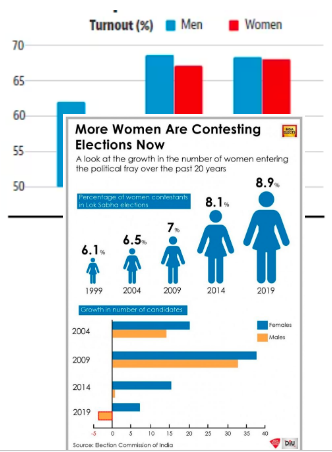 Women as voters in parliament:
Women as voters in parliament:India must carefully plan seat reservations for women to boost their representation in legislatures. Reservation is vital but needs to be coupled with broader investment in empowering women’s leadership, both politically and socially.
News Source: The Indian Express

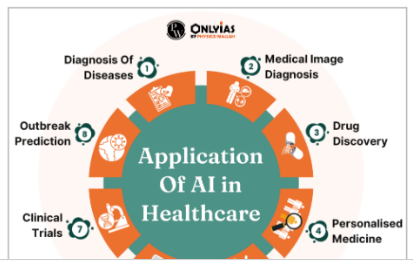
AI Healthcare Startups in India:
|
HealthTech Tie-Ups in India
|
The government of India has also created a national digital health infrastructure to implement the digital health systems across the country, which includes:
India stands at a pivotal moment in its health-care journey. By reimagining its health-care model, the country can position itself as the global destination for medical value travel, a powerhouse in AI-driven health-care solutions. To achieve this vision, India must prioritise community health, foster public-private partnerships, and invest in innovation and research.
News Source: The Hindu
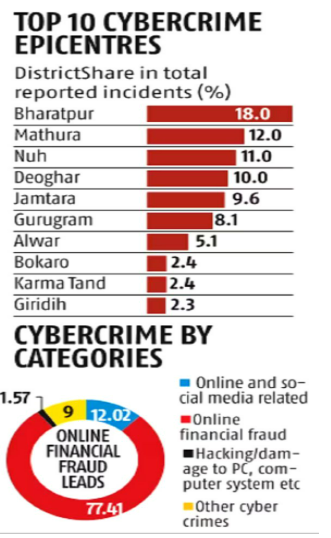
Report by Indian Computer Emergency Response Team (CERT-In):
About CERT-In (Computer Emergency Response Team):
Study by Future Crime Research Foundation:
| Financial Inclusion Index (FI) | It Is Published By Reserve Bank Of India
About FI-Index:
|
| Bima Sugam Platform | Insurance regulator IRDAI has formed a steering committee, which will act as the apex decision making body for creation of Bima Sugam platform.
About Bima Sugam:
Benefits:
|
| Floods in Bharuch:
|
About Bharuch:
About Narmada River:
|
Subject: GS-3 Indian Economy
| Classification | Micro | Small | Medium |
| Investment in Plant and Machinery or Equipment | Not more than Rs.1 crore. | Not more than Rs.10 crore. | Not more than Rs.50 crores |
| Annual Turnover | Not more than Rs. 5 crores. | Not more than Rs. 50 crores. | not more than Rs. 250 crores. |
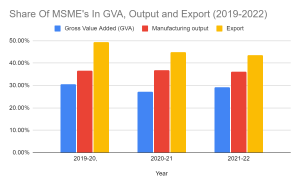
Source: Business Standard
Subject: GS-1 Arts and Culture
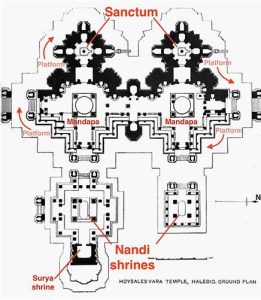
Key Architectural Elements of Hoysala temples:
|
Owing to its combination of 3 shrines, the temple plan is in the shape of a cross, with its sole entrance on the east.
The UNESCO’s World Heritage Committee:
|
Source: PIB
Source: PIB
SC Verdict on Newsclick Shows Adherence to Due Pro...
Stay Invested: On Chabahar and India-Iran Relation...
Credit Rating Agencies, Impact on India’s De...
Catapulting Indian Biopharma Industry
Globalisation Under Threat, US Import Tariffs Have...
Global Report on Hypertension, Global Insights and...
<div class="new-fform">
</div>
